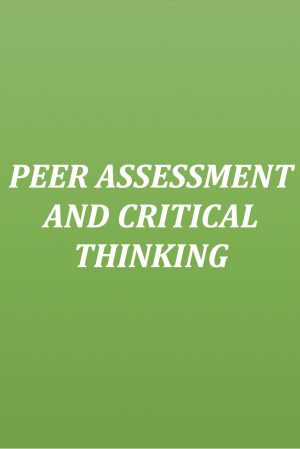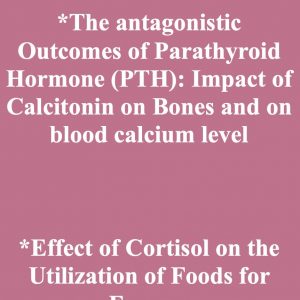PEER ASSESSMENT AND CRITICAL THINKING
Critical Thinking
Critical thinking is the capability of an individual to reasonably, rationally and effectively create or disseminate thoughts, opinions and concepts. It incorporates the application of proficiencies, intelligence, engagement, examination, resourcefulness and also, assessment of information gathered or generated through observation, experience, reflection, reasoning, and communication, as a pilot to acceptance of an exploit or achievement.
Peer Assessment
Peer assessment is a form of collaborative learning where students are allowed to interact and learn from each other, they also assess and grade each other’s work. Peer assessment is a technique used to give fellow students the opportunity of receiving and giving feedback which includes criticism and advice on ways to move forward on the excellence of their work and therefore gives room for further improvement.
EFFECTIVE CRITICAL THINKING SKILLS TO PEER ASSESSMENTS
Application of critical thinking skills is the only way the above can be achieved, as both the individual being reviewed and the reviewer are both thinking on how to make things better than how they were.
Peer assessment help students engage in their learning and encourages them to take responsibility for their work, he further stated that this brings about collaborative learning skills which enhances the constructive and encouraging learning environment.
Critical thinking relates to peer assessment in the sense that it gives students a sense of responsibility. Peer assessment incorporates critical thinking tools among which are evaluation and principles; they are applied when evaluating a peer’s work while on the side of the peer being reviewed. It creates room for more development and achievement in that he/she is motivated to study, reason and work hard for the possible best. This form of assessment is very engaging and helps personalizes an individual experience when it comes to learning and studying, not only within the scope of school or educational environment alone but it, in turn, boosts everyday thinking and outputs.
When assessing an individual’s work, critical thinking skills such as creative thinking helps an individual being reviewed to work more on his or her knowledge and ability to elucidate ideas with quick identification of problems and proffering solutions.
STRATEGIES ONE CAN APPLY WHEN ASSESSING A PEERS’ WORK
* First, try to gain a clear understanding of the facts or the points the writer i.e., the peer or colleague is trying to make, studying along to understand requires reading through the written work, word-for-word and taking notes of the important points you would love to review or comment upon.
* Make sure that you put your words together clearly and concisely so as not to confuse the fellow being assessed.
* Analysis of the written assignment will be done while reading through, and also, making sure that you jot down points that will help you in concluding your assessment.
* Ensure to follow the rules of evaluation, as this will help me in making proper justification and reasonable conclusion.
* Remembering strategy is another tool that can be applied in making your assessment, your ability to recall is very important as this will help to correlate your points without missing words or mixing them up.
* Try not to be hash or claim too know, convey your information and correction in a friendly way, so the person being reviewed does not feel otherwise, in summary, be courteous in both writing and spoken language.
Example “Hello Goody, I can see you have put good efforts in having this work done, I do commend you for that just as you mentioned above, using boiled water to 100 degrees would help solve the solution, however, in addition to that I would that you add this piece of very important information- ‘letting the water cool down to room temperature afterwards for safety purposes, as what is needed is a clean water but at room temperature is needed not the hot water itself’.”
* Lastly, try to apply what you have learned from your fellow’s work to myself self-i.e. making sure you also gain from it and make useful applications of what you’ve learnt.



